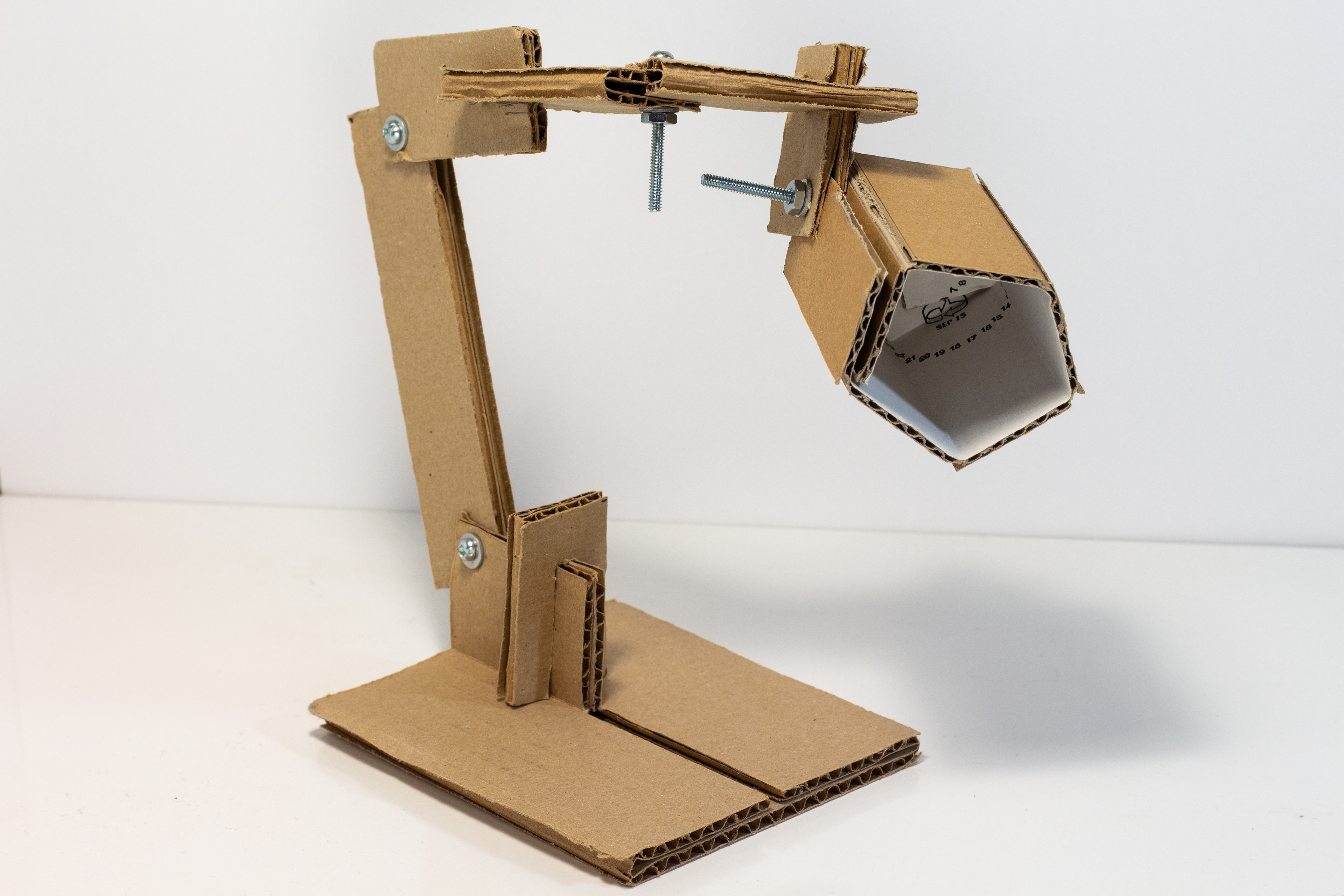
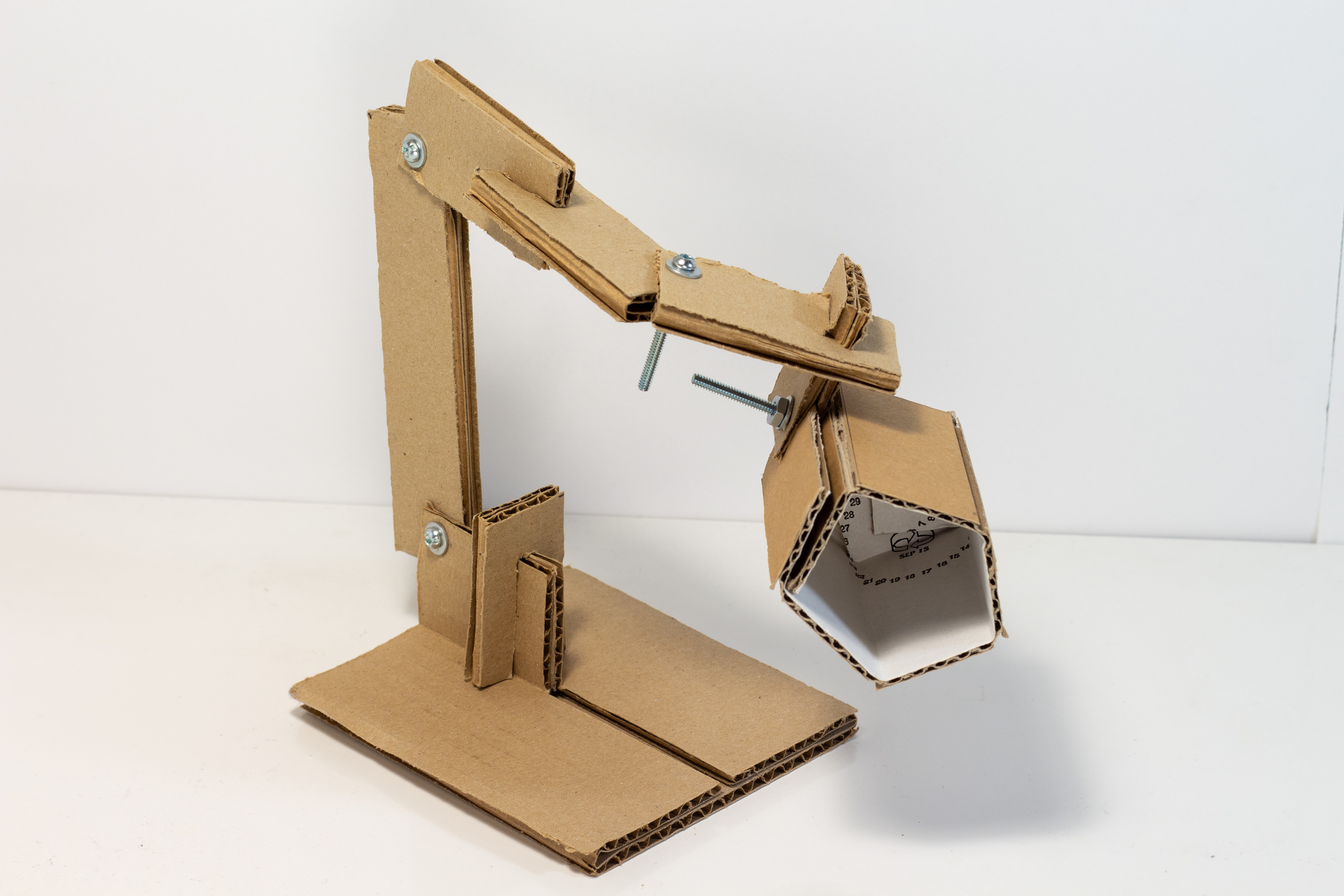
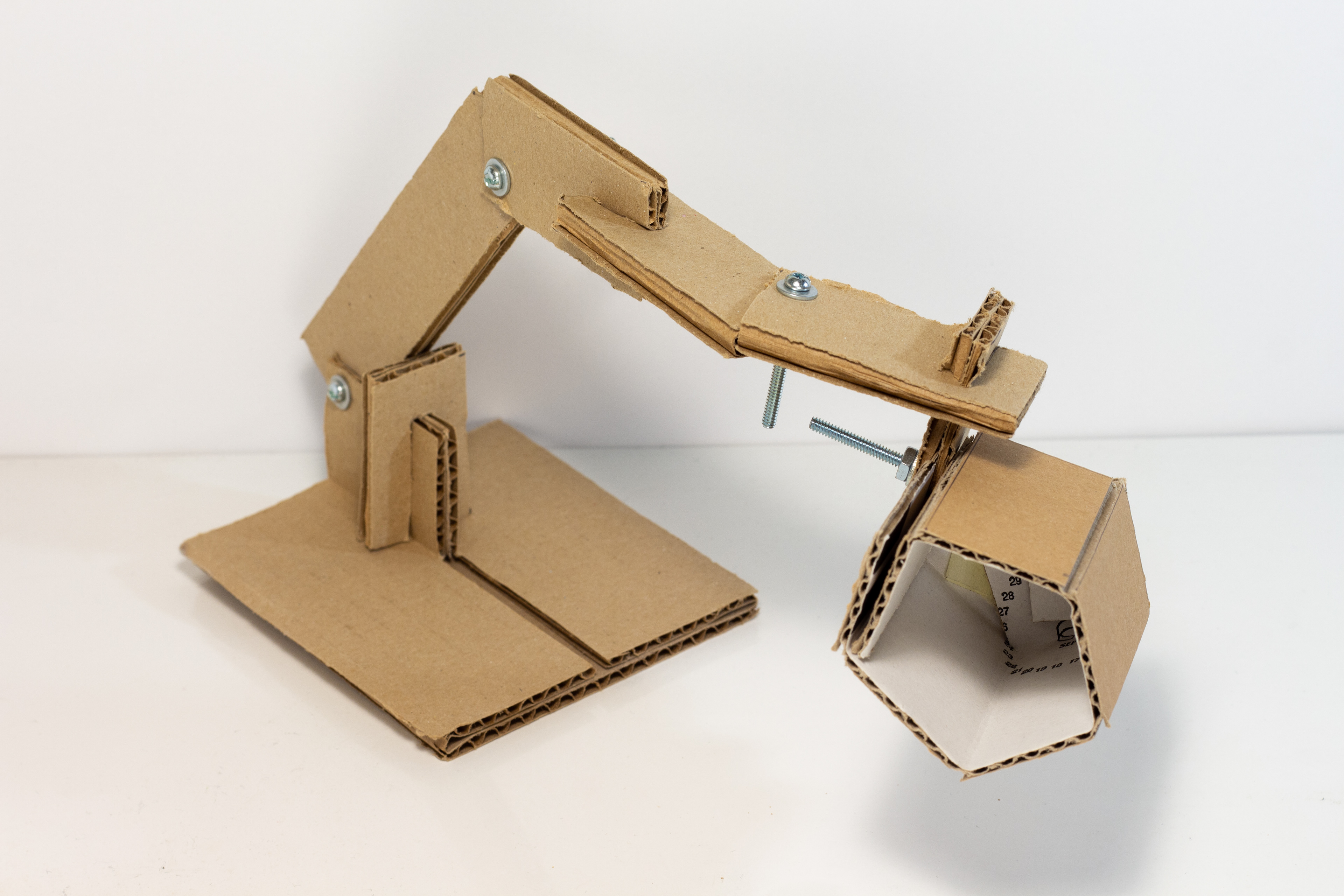
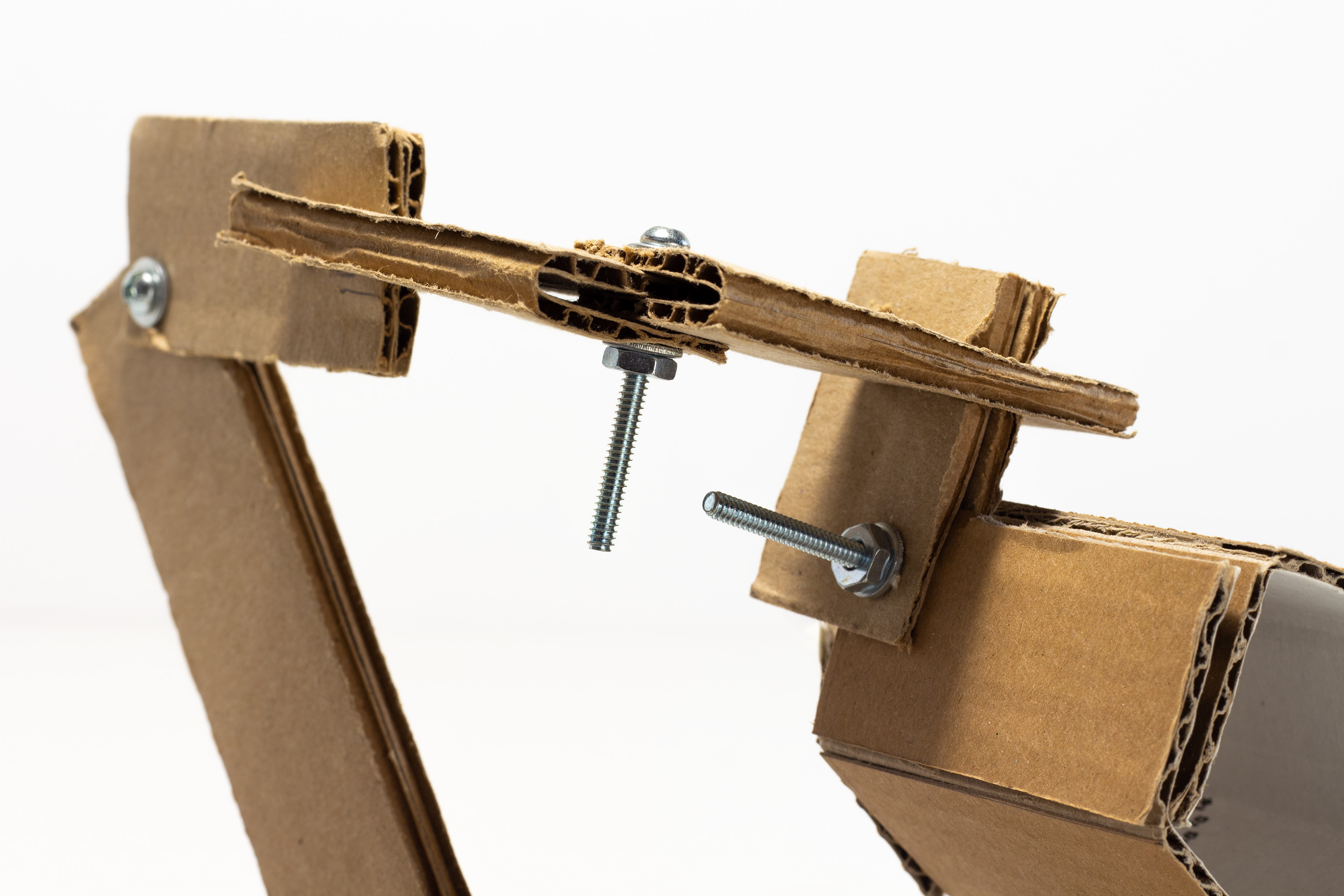

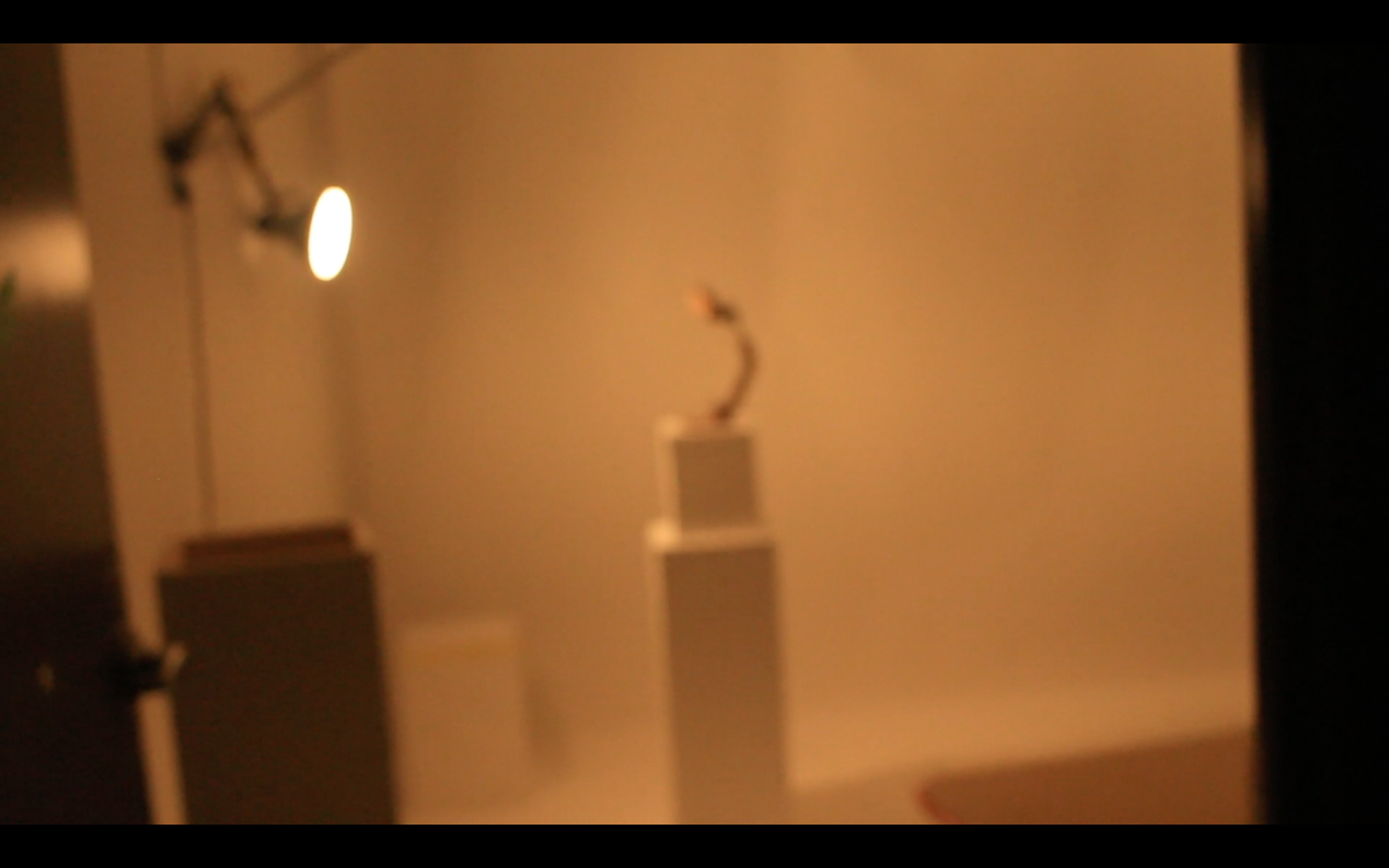
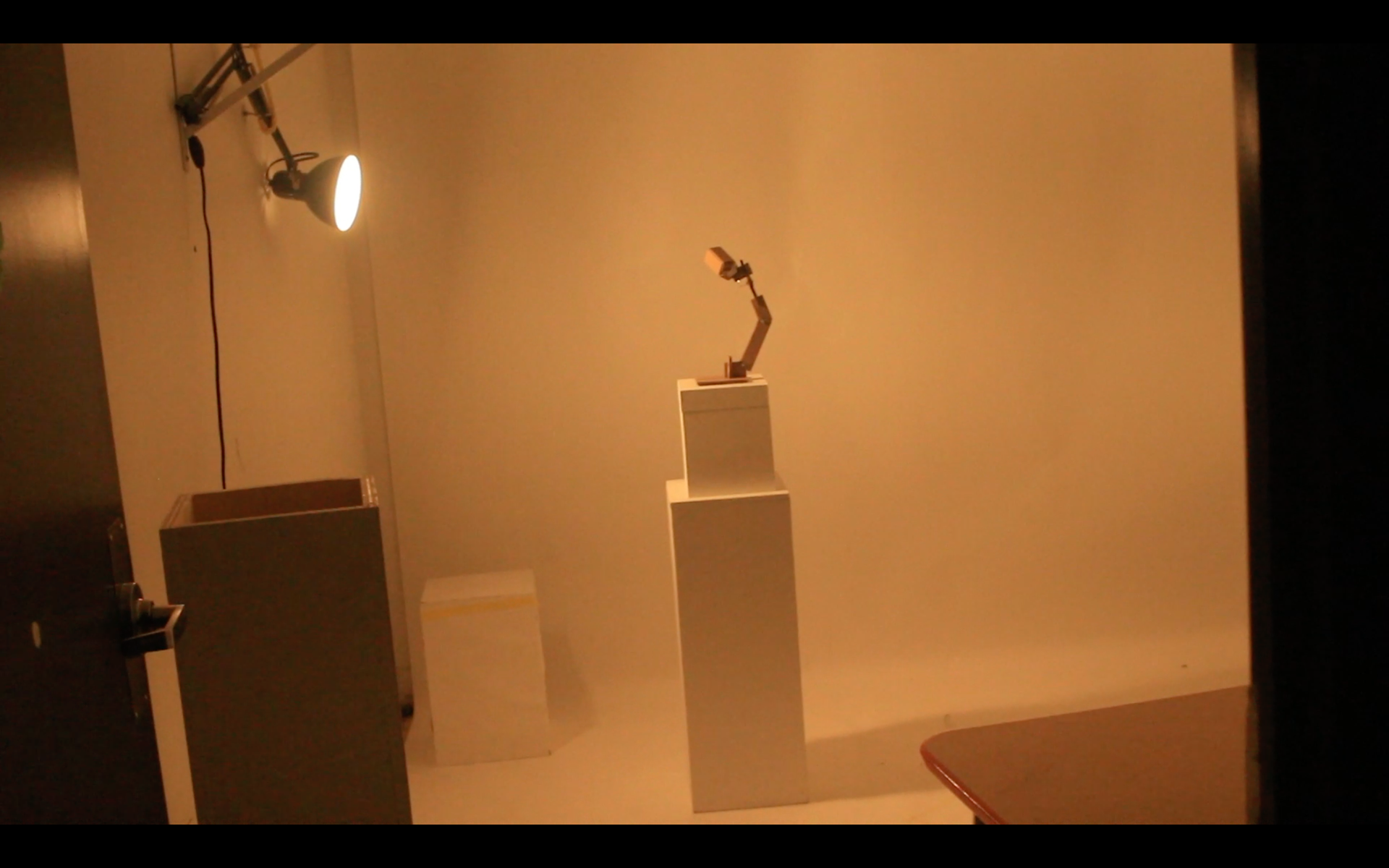
Our first project in Experience/Interaction Design looked at the uncanny valley and its role in creating either extreme affinity or extreme aversion towards a product. An anthropomorphic artifact with a mechanical interaction (or a mechanical artifact with an anthropomorphic interaction) leads to uncanniness. By another reckoning, a thing which looks close to human (but not quite) also falls into the valley. The prototype plays off the humanoid anatomical and physiological features of common desk lamps—a foot, a segmented torso (typically hunched over), a cervical spine/neck, a head, and a gaze. But by adding a few extra contortions to this figure, its anatomy is rendered broken and imparts a sense of the inhumane. Through an experimentally-conceived film (set to the opening of Mahler's Ninth Symphony), I compositionally juxtaposed the “broken” lamp, erect and out of place atop a lone plinth, with the elusive form of human silhouettes. A gloved hand dominates the lamp provocatively, demonstrating the salience of the human body lurking within the artifact. This project is part of a greater investigation into the notion of "corporeal simulacra"—the idea that we often personify and impart the form and role of the human body as a part of the world of images which surrounds us. Perhaps the ability to perceive the uncanny valley in non-human entities means that we can relate to those entities in human terms. “Experience/Interaction Design,” OCAD U, September 2019.






